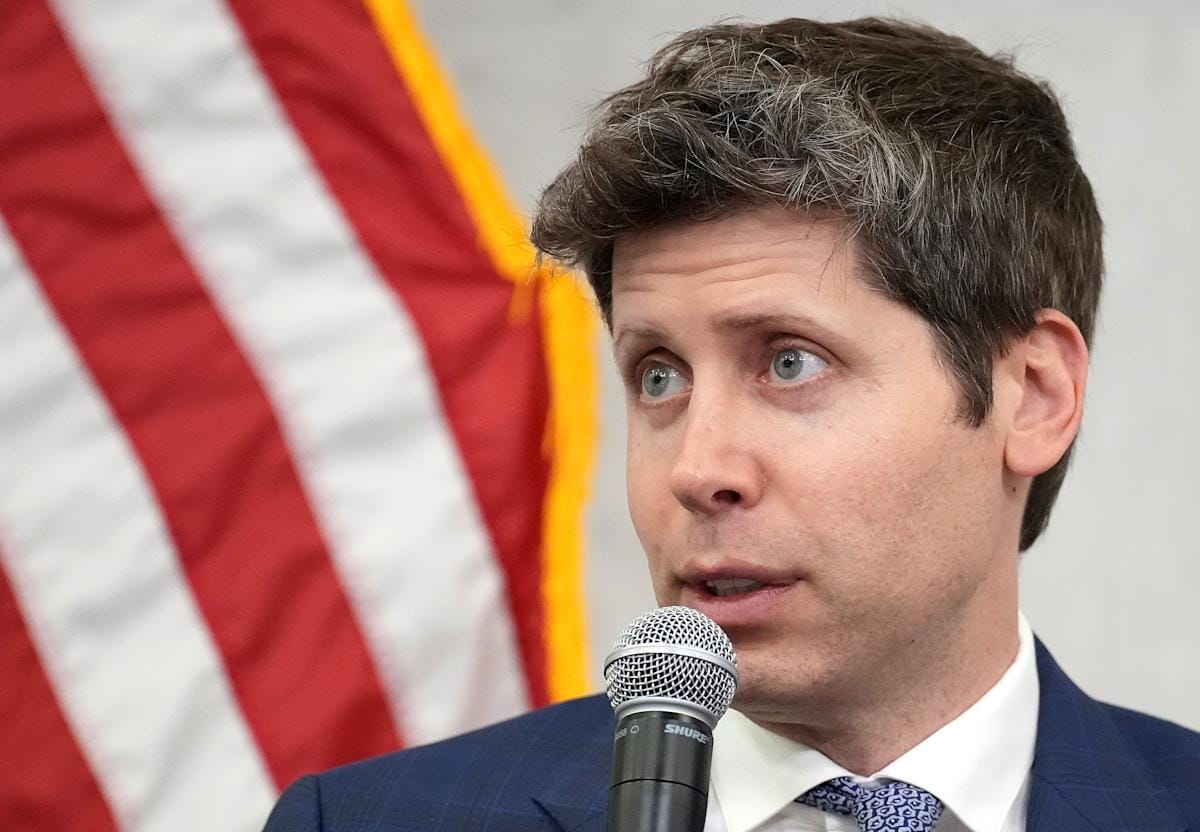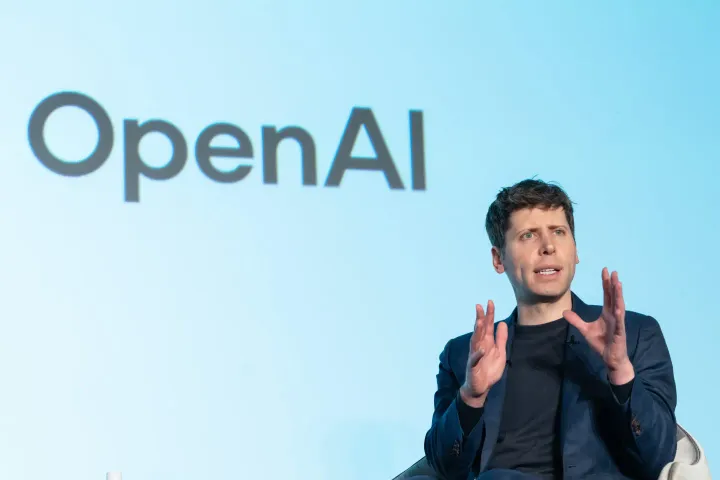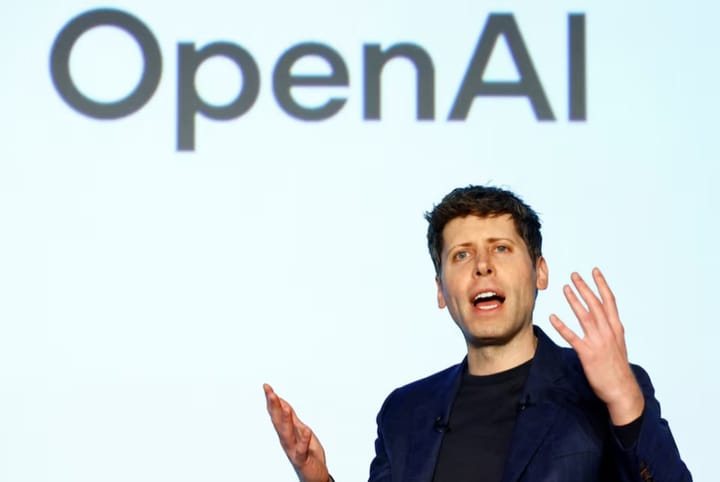Why OpenAI Isn’t Going Public Anytime Soon — And Why That Might Be a Smart Move

OpenAI’s Complicated Relationship With the Public
OpenAI, the artificial intelligence powerhouse behind ChatGPT, isn’t preparing for an IPO — at least not yet. Despite its growing influence and massive financial needs, the company appears in no rush to go public.
At first glance, that might seem odd for a company valued at tens of billions and backed by Microsoft. But the truth is, OpenAI’s leadership — led by CEO Sam Altman and CFO Sarah Friar — may be perfectly happy avoiding the headaches that come with Wall Street’s scrutiny: quarterly earnings calls, constant public disclosure, and the never-ending judgment of investors.
Instead of pitching itself to stockholders, OpenAI is pitching itself to the U.S. government — and the public — as a strategic national asset that deserves protection and support.
Why Going Public Would Be Risky
Becoming a public company means transparency, accountability, and immediate feedback from investors. For a company like OpenAI — which operates with complex partnerships, uncertain revenue models, and astronomical expenses — that could be more of a burden than a benefit.
The company’s financial structure is unique. It runs as a capped-profit organization, where investors can earn only up to a certain limit. That model doesn’t fit easily into the expectations of public markets, which demand clear profit paths and consistent returns.
OpenAI’s leadership is also under tremendous pressure to maintain the company’s image while navigating political and economic turbulence. As recent events show, even small public comments can spark outsized reactions.
The Loan Guarantee Backlash
At the Wall Street Journal’s Tech Live event, CFO Sarah Friar suggested that OpenAI was exploring ways for Washington to offer loan guarantees — essentially a financial backstop from the U.S. government.
Her comments triggered a quick backlash, with critics accusing OpenAI of seeking taxpayer-funded safety nets for its risky, trillion-dollar ambitions.
Friar later clarified her remarks on LinkedIn, saying her use of the term “backstop” was misleading and that the company was not, in fact, asking for a bailout. Altman himself jumped in soon after, posting a lengthy explanation on X (formerly Twitter) insisting that OpenAI was not seeking any government handout.
Still, the damage was done. The episode underscored how fragile OpenAI’s public messaging can be — and how easily it can spiral out of control.
A Tense Moment for OpenAI’s Leadership
The controversy came at a time when Altman was already facing uncomfortable questions about OpenAI’s spending habits. On a podcast with investor Brad Gerstner, Altman was asked how his company plans to fulfill a promise to spend more than $1 trillion when it only generated about $13 billion in revenue this year.
Rather than answering directly, Altman bristled. “Brad, if you want to sell your shares, I’ll find you a buyer,” he replied sharply.
The clip quickly spread online. Even Microsoft CEO Satya Nadella, who was sitting beside him, laughed awkwardly — seemingly to defuse the tension.
For many observers, the exchange symbolized the growing disconnect between the lofty promises of AI leaders and the financial realities behind them. What could have been a moment to explain OpenAI’s strategy instead became an example of Altman’s defensiveness under pressure.
The Cost of Building the Future
OpenAI’s ambitions aren’t cheap. The company has pledged to invest trillions in building new AI infrastructure — data centers, chips, and computing power to fuel its next generation of models.
That’s an almost unimaginable figure, even for Silicon Valley. It raises legitimate questions about sustainability: Where will that money come from, and how will it ever be recouped?
Going public could provide OpenAI with access to vast amounts of capital, but it would also expose the company’s inner workings — financials, partnerships, and corporate governance — to regulators and investors. For a company that thrives on secrecy and rapid experimentation, that level of transparency could be suffocating.
Why OpenAI Might Prefer Government Backing
By positioning itself as a national asset, OpenAI is subtly suggesting that its work benefits not just shareholders but the entire country. That’s a powerful narrative — and potentially a way to secure public support, regulatory goodwill, or even financial guarantees without the obligations of an IPO.
The company’s leadership has repeatedly framed AI as a national priority — something the U.S. must lead in to stay ahead of global rivals like China. If that narrative holds, OpenAI could attract government partnerships, contracts, and long-term stability — the kind of safety net public markets rarely offer.
But this approach also risks political backlash. Critics argue that OpenAI, a private company partly controlled by Microsoft, shouldn’t receive taxpayer-backed protection while simultaneously pursuing massive profits and private investments.
The Optics Problem
The recent missteps — from Friar’s loan guarantee comments to Altman’s tense podcast moment — have highlighted OpenAI’s biggest weakness: perception.
The company has already faced scrutiny over how it uses data, how it handles partnerships, and how its technology might threaten jobs. The idea that it could also become a financial burden to taxpayers adds another layer of skepticism.
As one observer quipped after watching Altman’s tense exchange, “This will be in the documentary.”
In the fast-moving world of AI, where public opinion can shape investment and regulation, how OpenAI manages its image is nearly as important as the technology it builds.
Why Staying Private Makes Sense — For Now
Despite its rapid growth, OpenAI remains a young and volatile company operating in a field defined by uncertainty. Its business model is still evolving, and its costs are astronomical.
Going public now would expose the company to intense financial scrutiny, force it to explain its trillion-dollar spending plans, and possibly limit its flexibility to pursue long-term projects.
By staying private, OpenAI can maintain control — over its strategy, messaging, and partnerships — while continuing to pitch itself as a vital player in America’s technological future.
Final Thoughts
OpenAI may eventually go public — but not until it has a clearer path to profitability and a more stable relationship with both investors and the public. For now, avoiding Wall Street’s spotlight might be the smartest decision Sam Altman and his team can make.
OpenAI doesn’t need a stock ticker to prove its worth. What it does need is time — and perhaps, in the company’s eyes, a little bit of trust and protection from Washington.



